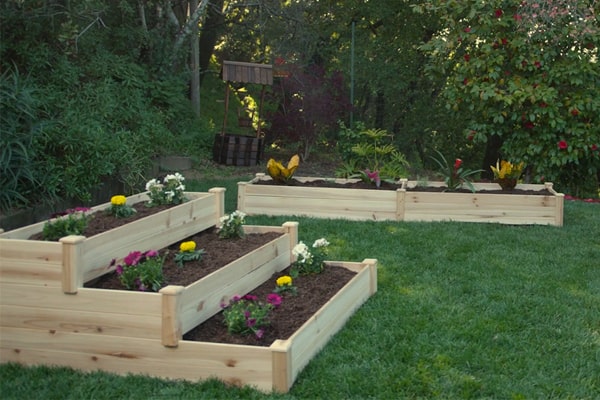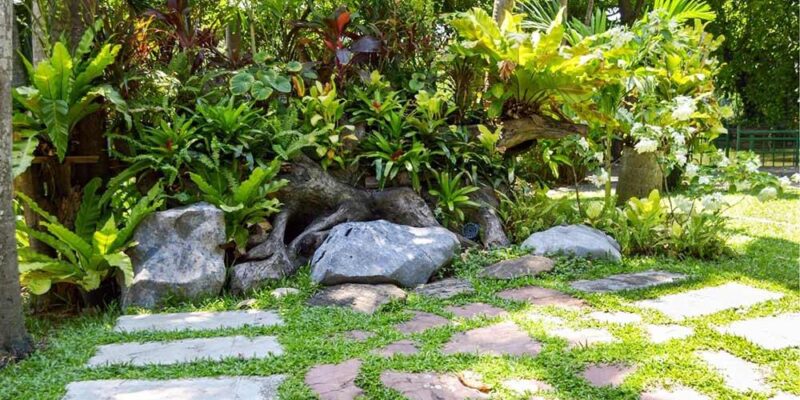As natural habitats shrink due to human activities, many species struggle to find food, water, and shelter. Backyards provide these necessities when adequately designed and serve as stepping stones between larger natural areas, supporting wildlife movement and survival.
Steps to create a wildlife-friendly backyard
-
Provide a variety of native plants
Native plants are the foundation of a wildlife-friendly backyard. They’ve evolved alongside local wildlife and are best suited to provide food and shelter. Here’s how to incorporate them:
- Research plants native to your region
- Plant a mixture of trees, shrubs, and flowers
- Aim for year-round blooms to provide continuous food sources
- Consider plants that produce berries, nuts, or seeds
Native plants are typically low-maintenance and adapted to local conditions, making them easier to care for.

-
Create water sources
Water is essential for wildlife. Even small water features attract a variety of creatures. Options include:
- Bird baths
- Small ponds or water gardens
- Shallow dishes filled with water
- Dripping water features
Ensure water sources are kept clean and filled, especially during dry spells.
-
Offer food sources
While native plants will provide natural food sources, supplemental feeding can attract more wildlife. Consider:
- Seed-filled bird feeders
- Hummingbird feeders
- Fruit feeders for birds and small mammals
- Butterfly feeders with sugar water or overripe fruit
Be consistent with feeding once you start, as wildlife may come to depend on these food sources.
-
Provide shelter and nesting sites
Wildlife needs safe places to rest, hide from predators, and raise young. Incorporate:
- Brush piles or log piles for small animals
- Birdhouses of various sizes
- Bat boxes
- Bee-nesting soil
- Dense shrubs or trees for nesting birds
-
Minimize chemical use
Pesticides and herbicides harm wildlife directly and indirectly by reducing their food sources. Instead:
- Use organic gardening methods
- Practice integrated pest management
- Tolerate some level of pest activity as part of a healthy ecosystem
-
Maintain a diverse landscape
Variety is vital in attracting diverse wildlife. Include:
- Areas of sun and shade
- Different heights of vegetation
- Open areas and dense plantings
- Varied ground covers
If you are looking for more ideas, read this article.
Benefits of a wildlife-friendly backyard
- Increased biodiversity – By providing habitat, you will likely see an increase in the variety of species visiting your yard. This biodiversity contributes to a healthier local ecosystem.
- Natural pest control – Wildlife visitors, such as birds, bats, and predatory insects, feed on common garden pests. This reduces the need for chemical interventions in your garden.
- Pollination services – Attracting bees, butterflies, and other pollinators improves your vegetable garden’s and flowering plants’ productivity.
- Educational opportunities – A wildlife-friendly backyard provides excellent learning opportunities, especially for children. It’s a living classroom right outside your door.
- Stress relief and mental health benefits – Numerous studies have shown that contact with nature, even in urban settings, reduces stress and improves mental well-being. Your wildlife-friendly backyard becomes a personal retreat.
Creating a wildlife habitat in your backyard supports biodiversity and conservation efforts in your community while providing a beautiful and dynamic outdoor space. So why wait? Start planning your wildlife-friendly backyard today, and watch nature come alive outside your door.

Comments